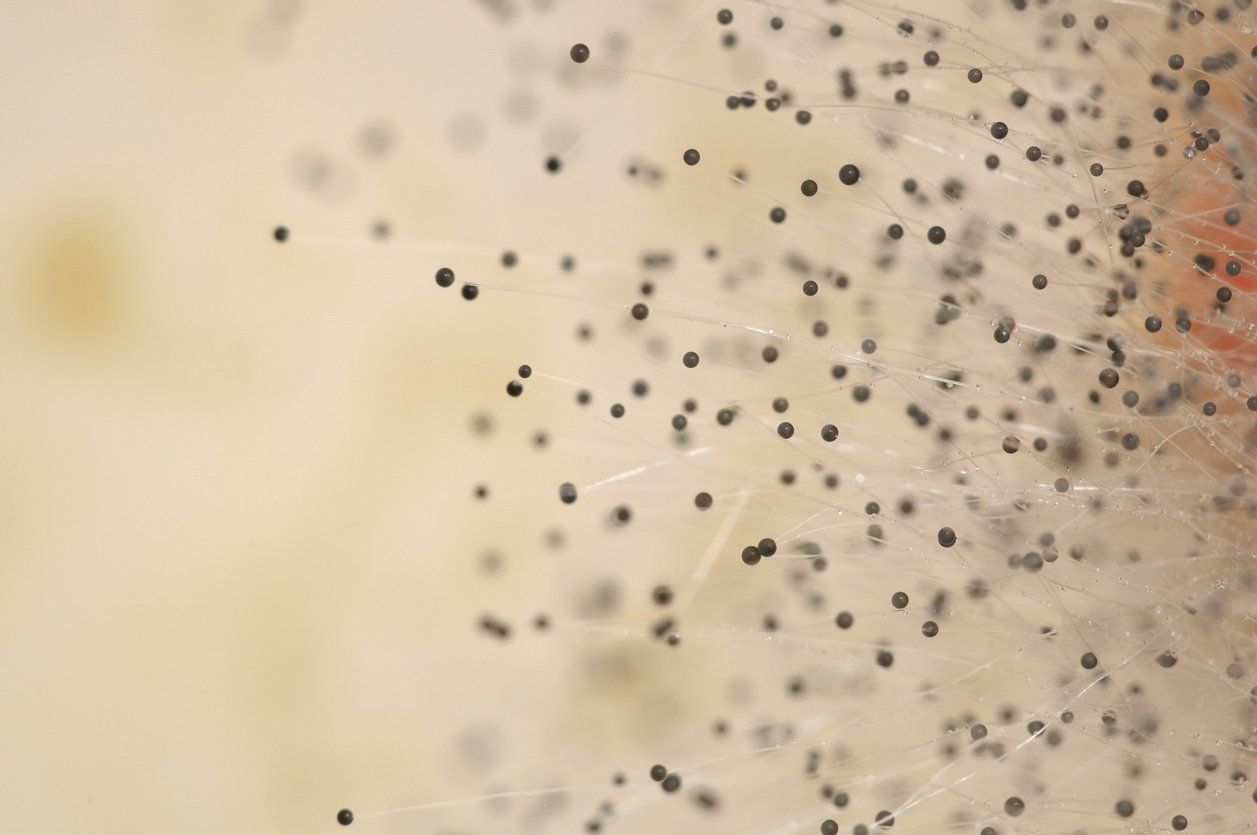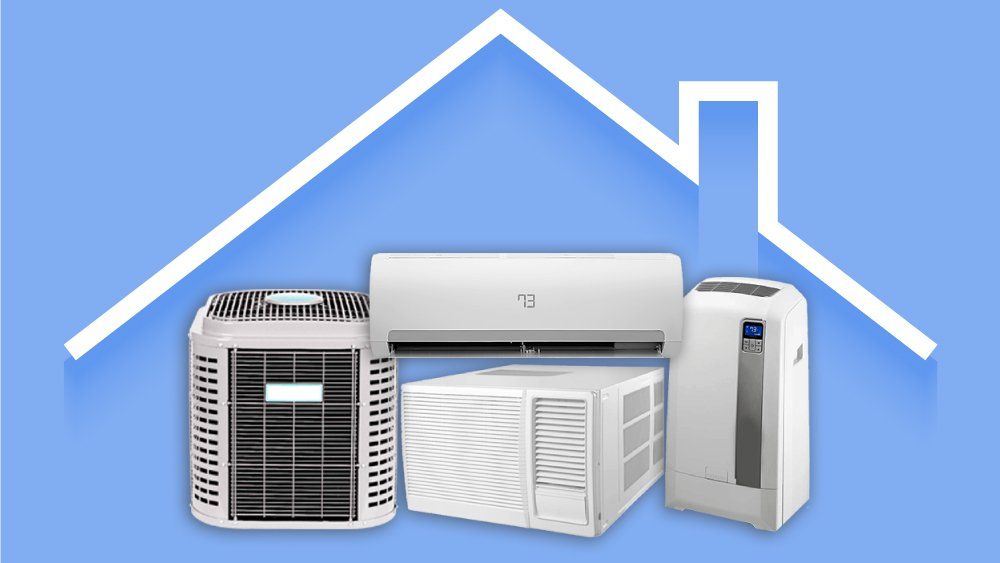Mold in Your Air Ducts: How to Prevent It
Mold in Your Home: How to Prevent It- Miami, FL

Mold is one of the most frustrating things a Miami, FL homeowner may find in their home since it can cause property damage as well as health risks. It may grow on practically any surface, even above ceilings and within walls, where it can cause significant damage before you realize it.
If you don't remove the mold, the spores will spread throughout your home, and existing mold colonies can eventually cause major structural damage. The longer someone is exposed to mold, the more likely they are to develop allergic reactions and other health issues.
Keeping mold from forming in the first place is the most effective strategy to tackle it. In this post, we'll go over the best strategies to prevent mold from forming in your home. If you find mold despite your best efforts to avoid it, it's usually advisable to employ a mold treatment professional.
How to Prevent Mold Growth
Because moisture is the leading source of mold growth, controlling the moisture level and removing excess water is critical for mold prevention.
The following pointers will help you avoid mold from growing in your home:
- Dry wet areas: Excess water and moisture must be dried and removed as soon as possible to avoid mold. Wipe off bathroom walls and floors after a shower, clean up condensation on windows as soon as possible, clean up spills as soon as possible, and don't leave wet items lying around the house. Contact a professional as soon as possible if your home has been flooded or has water damage.
- Control the humidity level: Maintain a humidity level in your home of 30 to 50%. Using an air conditioner or a dehumidifier to lower the humidity level is possible. A moisture meter can provide you with an exact reading of the humidity level in your house, allowing you to take action if it rises.
- Check ventilation: Maintaining enough ventilation in your home will help to reduce moisture levels, especially in high-moisture areas like the kitchen and bathroom. Ventilation in your kitchen and bathroom may be improved by using exhaust fans that vent outside. Make sure that appliances like your dryer and stove vent outside as well. Using an air conditioner or dehumidifier and opening windows can also help with ventilation.
- Find and fix leaks: Water leaks can result in water damage, which can lead to the growth of mold. Make sure that any leaks in your roof, walls, foundation, or plumbing system are inspected and repaired.
- Keep gutters clean: It's vital to keep your gutters clean and in good working order so that rainwater can flow properly and away from your home. If the gutters get clogged, they may overflow, resulting in water collecting on the roof or near the foundation.
- Use mold-resistant products: If you're building a new home or renovating an old one, use mold-resistant drywall or sheetrock, as well as mold-inhibiting paint. Mold-resistant drywall is paperless and suitable for high moisture areas such as the kitchen, bathroom, basement, and/or laundry room, as opposed to ordinary drywall.
- Use mold-killing cleaners: Cleaning your bathroom using mold-killing cleaning products will help you avoid mold and mildew.
- Remove wet carpeting: If carpeting or rugs become wet and cannot be rapidly dried, they should be removed or replaced. In high-moisture areas like the bathroom and basement, carpeting and rugs should be avoided.
Mold may become a serious problem if it develops in your home. By following the above-mentioned ideas, you may enhance the ventilation in your house and help keep the moisture level under control, lowering the risk of mold growth. Contact Pure Breeze AC if you need assistance venting your house to help eliminate and prevent mold.





